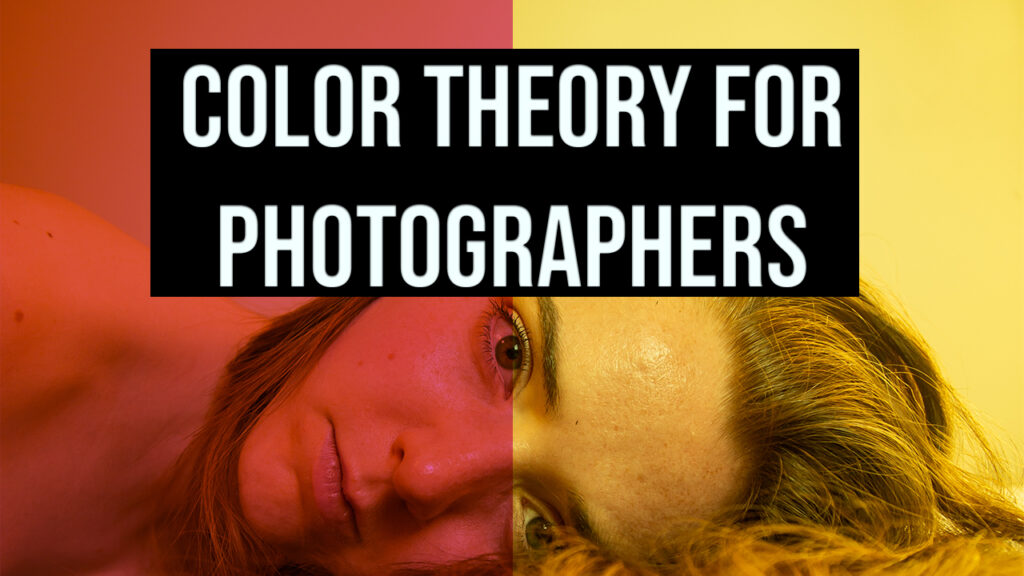What Is the Hueb Approach?
At its core, the Hueb Approach is about creating art that resonates deeply with the viewer. By blending principles of neuroaesthetics—the science of how art impacts the brain—with universal symbols derived from Jungian archetypes, each piece becomes a dialogue between the observer and the unconscious mind.
Key Principles of the Hueb Approach:
-
Visual Pleasure: Each work is designed to activate the brain’s reward centers, using harmonious compositions, bold contrasts, and dynamic textures.
-
Immediate Impact: The pieces are crafted to captivate instantly, ensuring they command attention and evoke emotion at first glance.
-
Symbolic Depth: Universal motifs such as spirals, waves, and circles are subtly integrated, creating a connection with the collective unconscious.
-
Balance and Harmony: Thoughtfully curated color palettes and compositions bring a sense of unity and flow to any space.
Why the Hueb Approach Matters
Art is more than decoration; it is a transformative force. The Hueb Approach brings this transformation to life by engaging both the intellect and the senses, creating works that linger in the mind long after they are seen.
Emotional Connection
The Hueb Approach taps into universal emotions through the strategic use of color, texture, and symbolism. This creates an emotional resonance that fosters introspection and dialogue, making each piece a personal and shared experience.
Intellectual Engagement
For those who value depth and meaning in art, the Hueb Approach offers layers of discovery. Subtle symbolic elements encourage viewers to interpret and connect, making the art as intellectually stimulating as it is visually striking.
Transforming Spaces
Whether in a home, office, or public venue, the Hueb Approach elevates environments. Its balance of harmony and impact makes each piece not just an addition but a defining element of the space, enhancing both its aesthetics and atmosphere.


